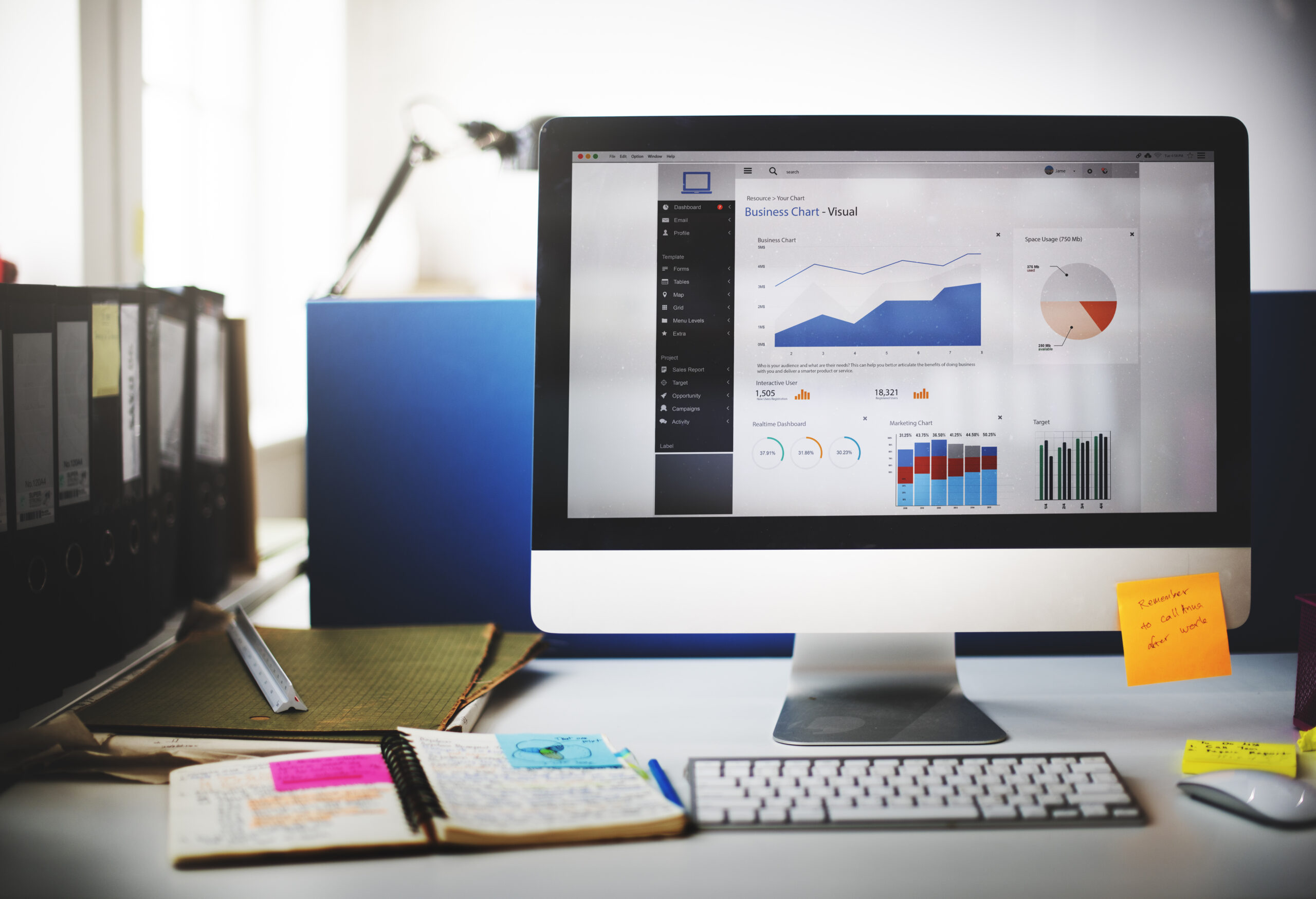Effective asset management is essential to stay ahead of the competition in today’s fast-paced business environment. That’s where a custom asset tracking dashboard comes into play. By harnessing the power of technology, this innovative tool provides a centralised hub for tracking, monitoring, and optimising your assets.
This blog will explore how a custom activity dashboard revolutionises asset management, enabling businesses to make data-driven decisions. This blog will explore how a custom activity dashboard revolutionises asset management, enabling businesses to make data-driven decisions.
Functionalities and Key Features of Activity Dashboard
An activity dashboard is a visualisation tool and a comprehensive business solution. Such a dashboard equips businesses with powerful functionalities and critical features for effective asset management. The following functionalities make the asset tracking dashboard an indispensable asset management tool for enterprises:
Up-To-Date Alerts
The asset tracking dashboard provides real-time alerts and notifications to inform you about critical events and updates regarding your assets. From maintenance schedules and equipment malfunctions to inventory thresholds and compliance requirements, these alerts ensure you get all the vital information, allowing you to take immediate action and prevent potential issues.
Customisable Options
The asset tracking dashboard offers customisable options allowing businesses to tailor the interface and data display to their needs. Users can personalise the dashboard by selecting the metrics and key performance indicators (KPIs) they want to monitor, organising the layout to prioritise relevant information, and adjusting settings to match their workflow. This flexibility enables efficient asset management by providing a user-friendly and personalised experience.

Real-Time Updates
With real-time updates, the asset tracking dashboard provides instant access to the latest asset performance, location, and status information. Businesses can gain visibility into asset movements and utilisation rates by integrating barcode scanning systems, IoT sensors and other connected devices. These real-time updates enable proactive decision-making, optimise resource allocation, and facilitate quick response to changing circumstances.
Ongoing Activity Status
The activity dashboard presents a holistic view of your ongoing assets-related activities. It lets you monitor real-time tasks, maintenance activities, and service requests. Businesses can streamline workflows, ensure timely completion of tasks and allocate resources. This feature enhances operational efficiency, reduces downtime, and fosters a proactive approach to asset management.
Implementing Asset Tracking with Activity Dashboard
Implementing an efficient asset management activity dashboard is crucial for businesses to effectively manage and optimise their valuable resources. Let’s explore the key considerations and steps involved in implementing asset tracking dashboard:
Use Critical Metrics And Data Sources
When implementing asset tracking with an activity dashboard, it’s essential to identify and define key metrics that align with your asset management goals. These metrics include asset location, utilisation, maintenance schedules, and performance indicators by integrating relevant data sources such as GPS devices, RFID tags, or sensor networks. The activity dashboard can effectively capture and display real-time data to track and monitor asset and inventory tracking.
Dashboard Visualisation Tools And Techniques
The asset tracking dashboard leverages visualisation tools and techniques to present asset tracking data in a visually appealing and easy-to-understand format. Businesses can gain insights into asset trends, patterns, and performance through charts, graphs, maps, and other visual elements. These visual representations enhance data comprehension, enabling users to take appropriate actions based on the asset tracking information.

Customisable Dashboard Layout And User Interface
The activity dashboard offers customisable options to tailor the layout and user interface based on your preferences and requirements. You can arrange modules, widgets, or panels to display the most relevant asset tracking information prominently. Customisation options ensure the dashboard is user-friendly and aligned with your specific asset management workflow, enhancing usability and facilitating efficient asset tracking.
Integrating Data Sources And Apis For Real-Time Data Collection
The activity dashboard integrates with various data sources and application programming interfaces (APIs) to achieve real-time data collection for asset tracking. This integration allows for seamless data collection from GPS devices, RFID tags, or sensor networks. The activity dashboard provides accurate and up-to-date information on asset location, status, and other relevant parameters by consolidating data from these sources in real-time.
Summary
Implementing asset tracking with an asset tracking dashboard involves:
- Using key metrics and data sources.
- Leveraging dashboard visualisation tools.
- Customising the layout and user interface.
- Integrating data sources and APIs for real-time data collection.
By embracing these functionalities of the asset-tracking dashboard, businesses can optimise their asset-tracking processes, enhance decision-making, and drive operational efficiency.



